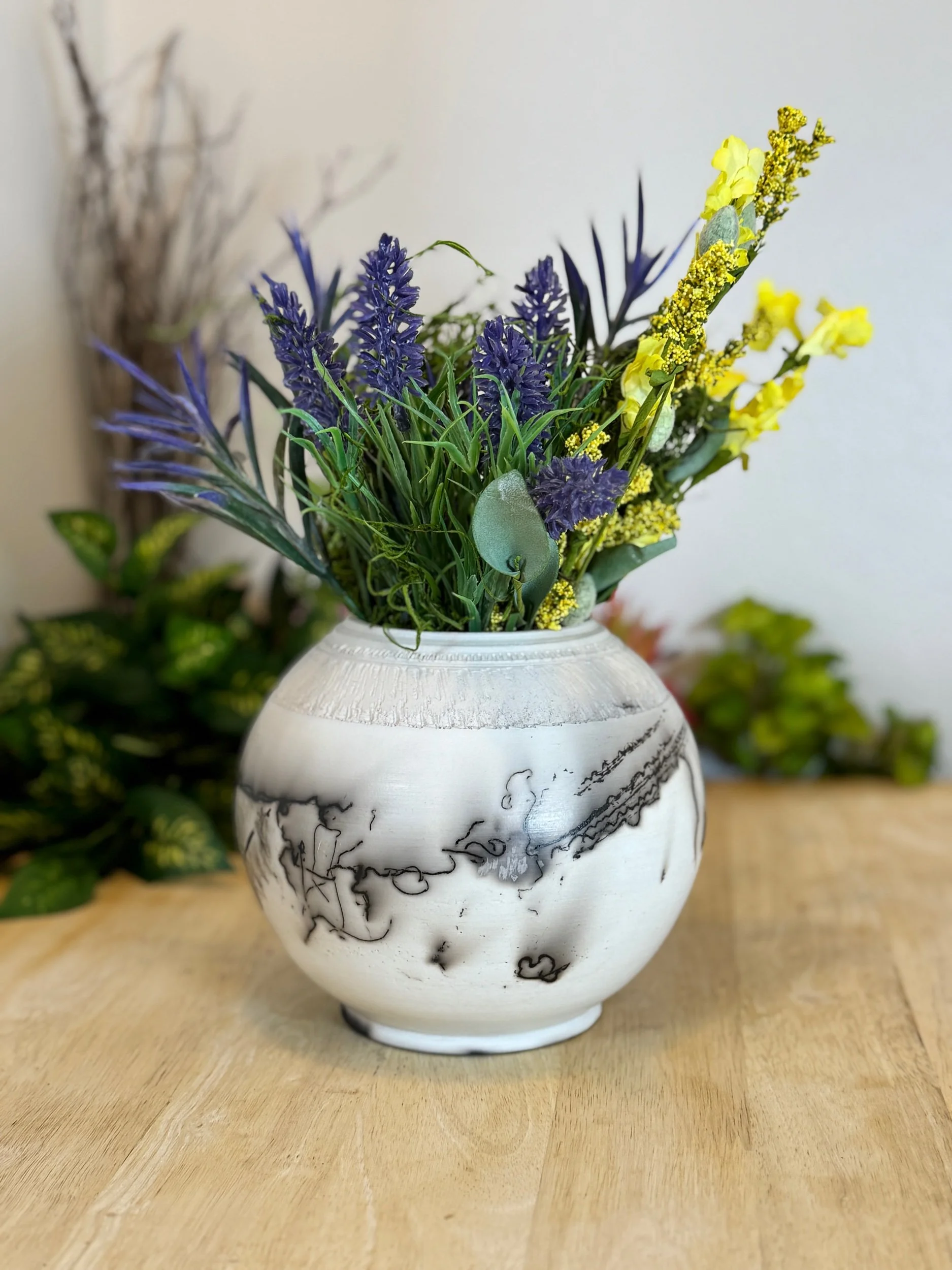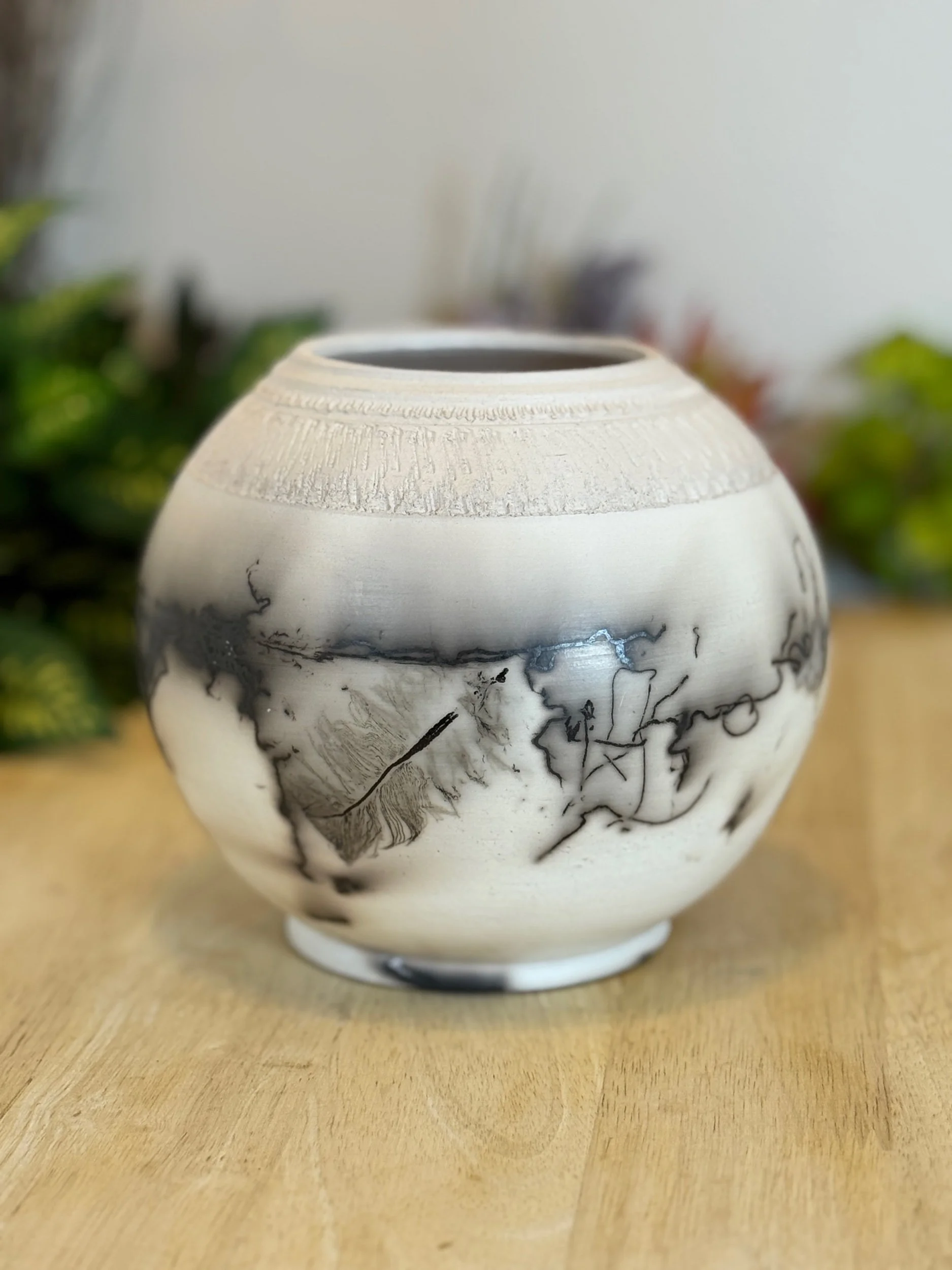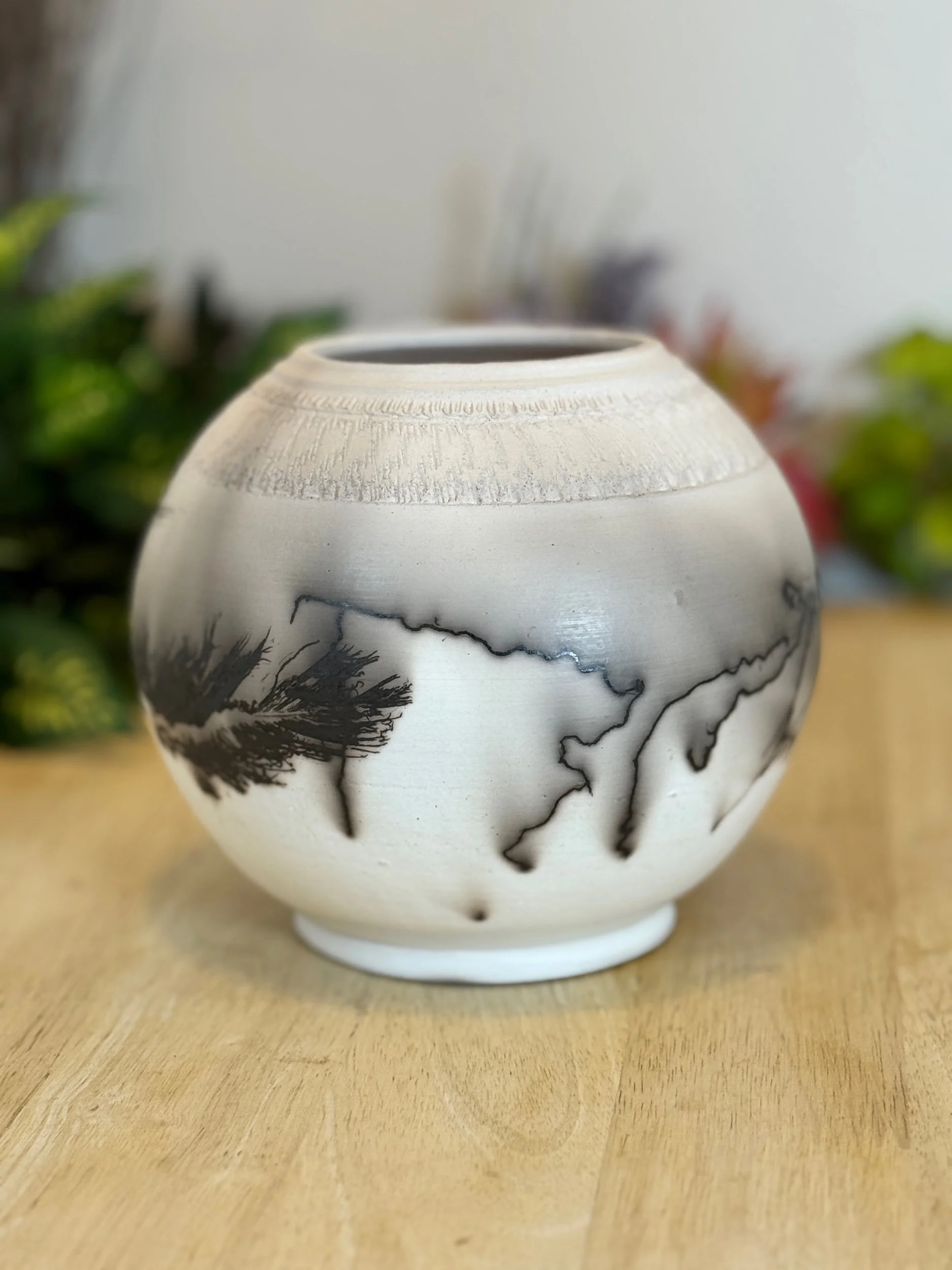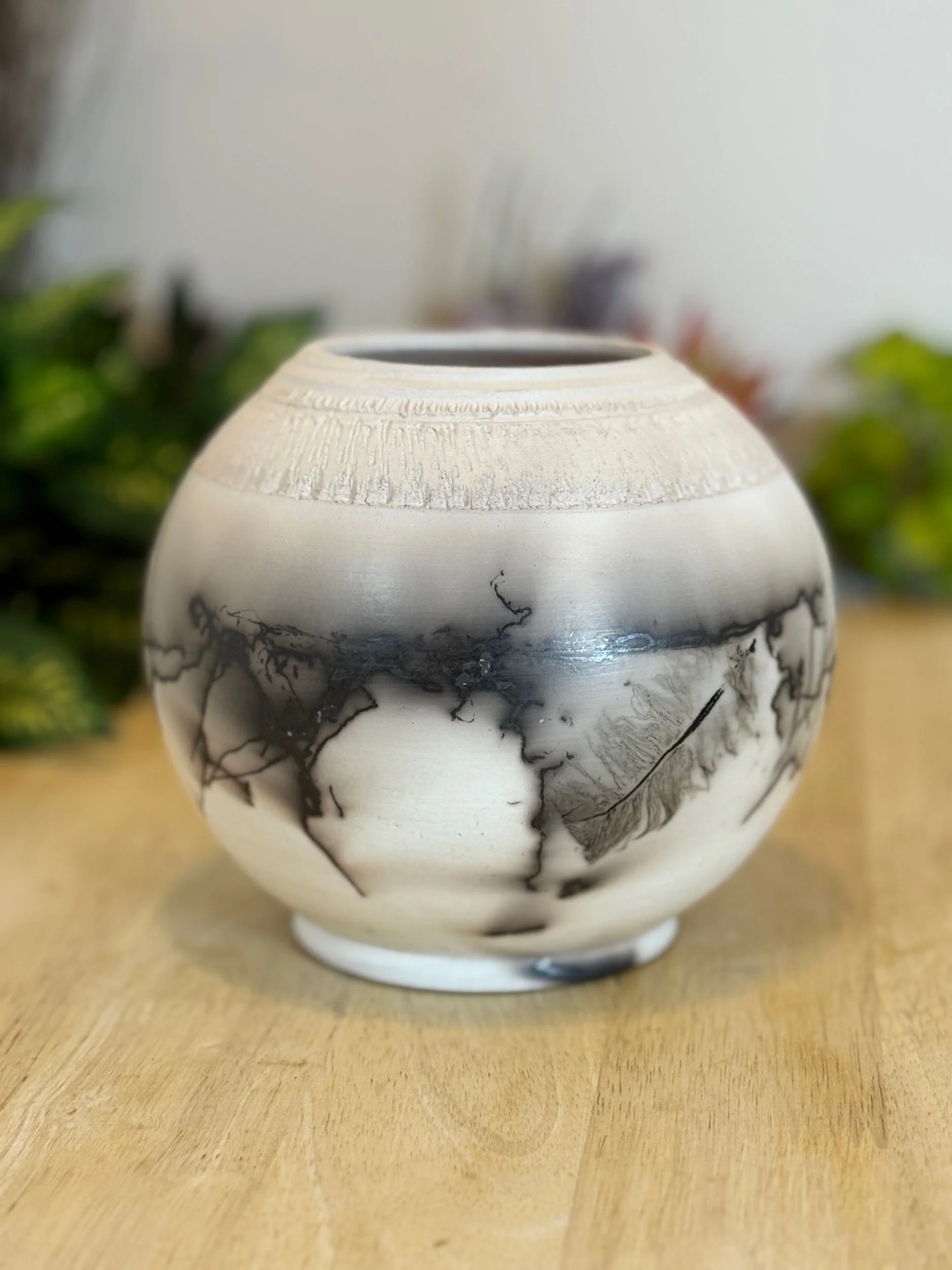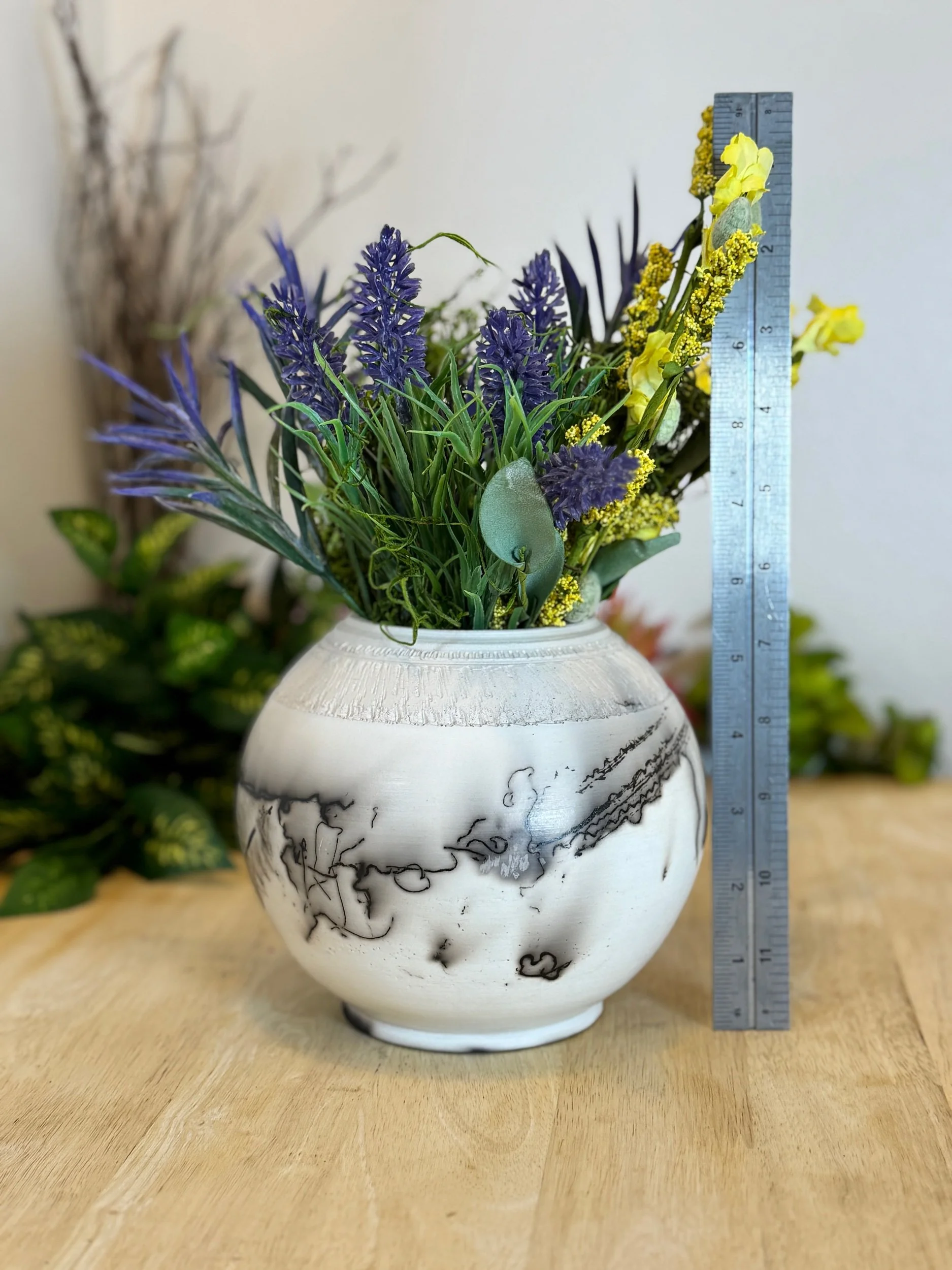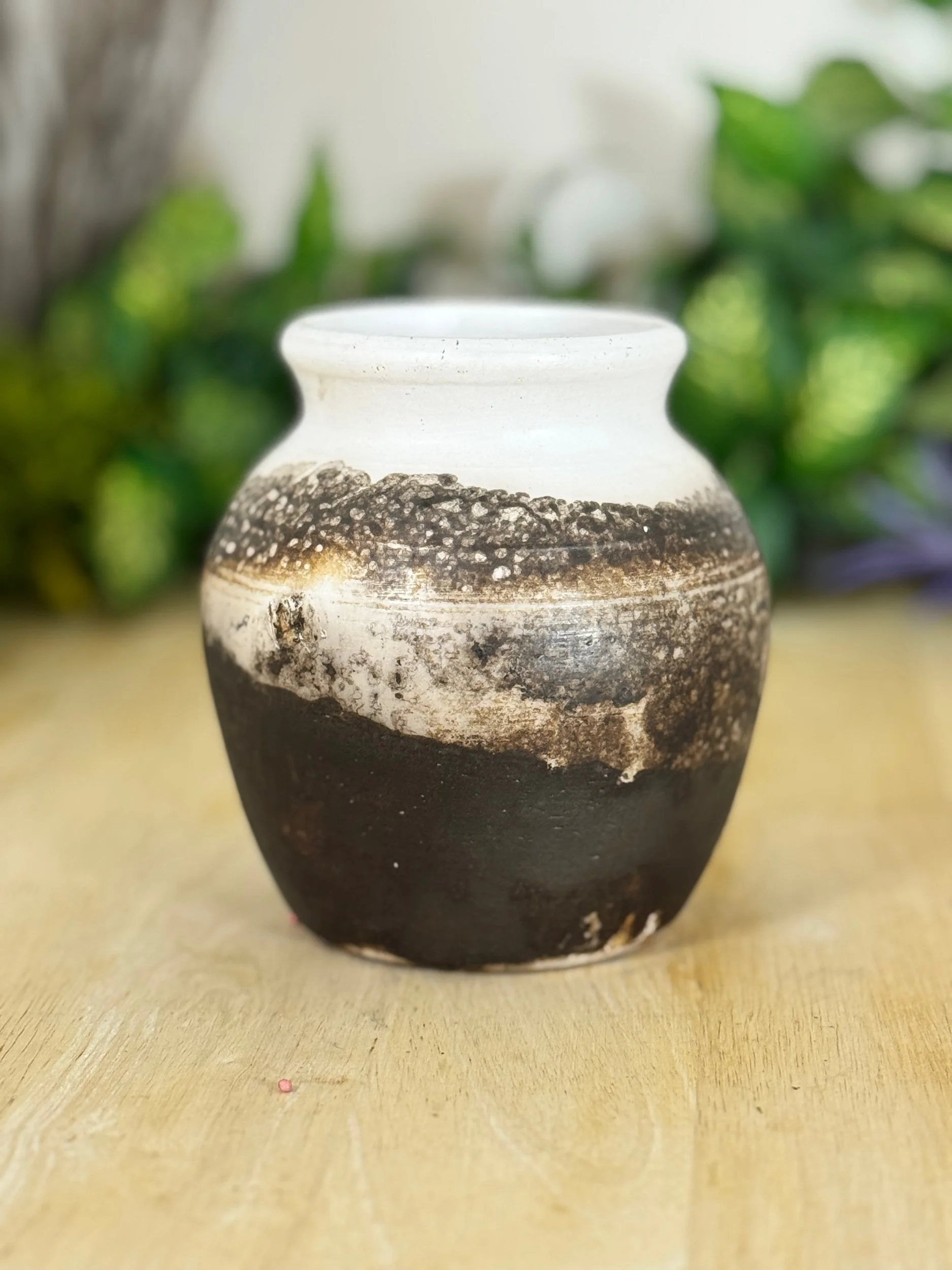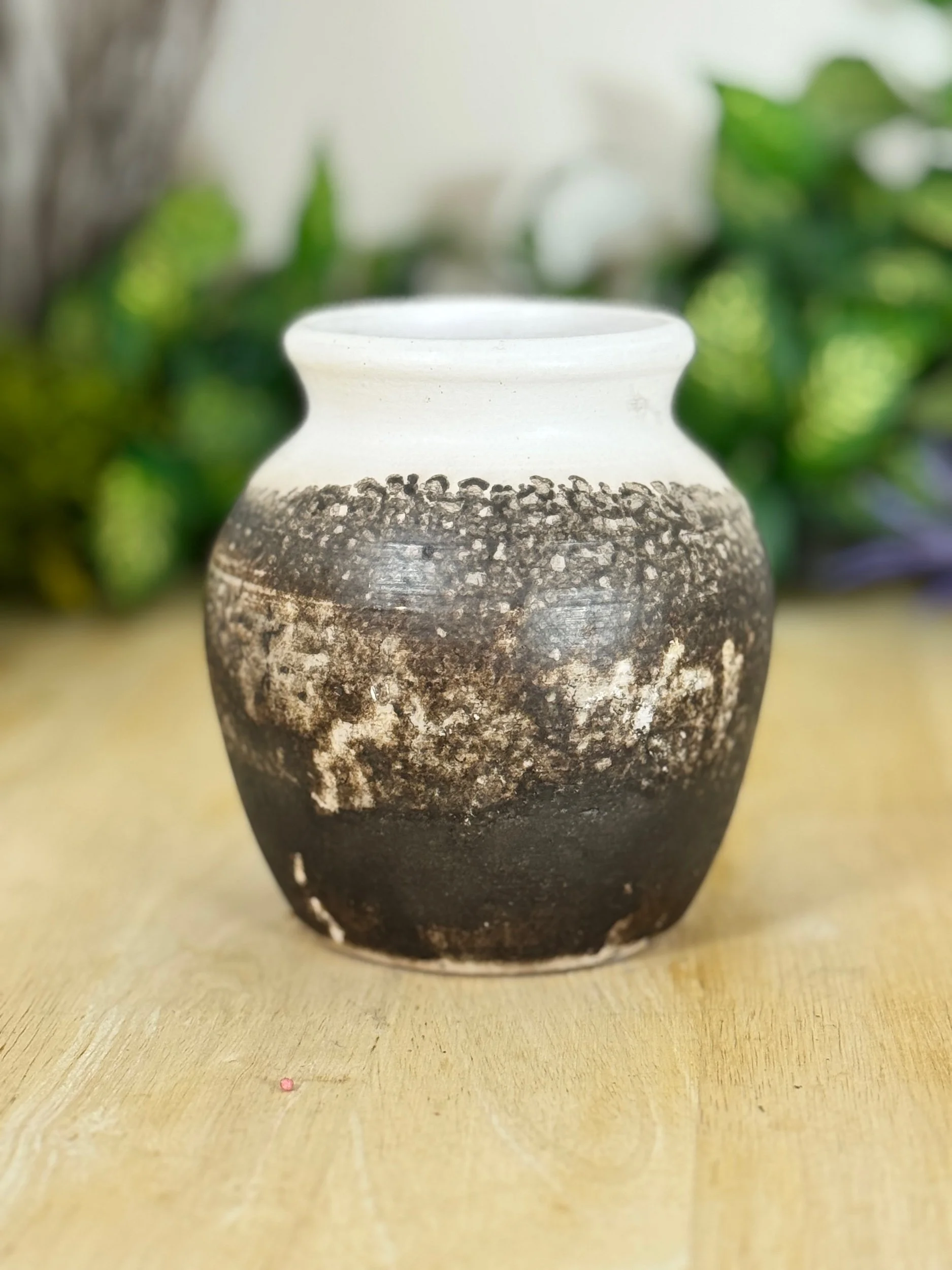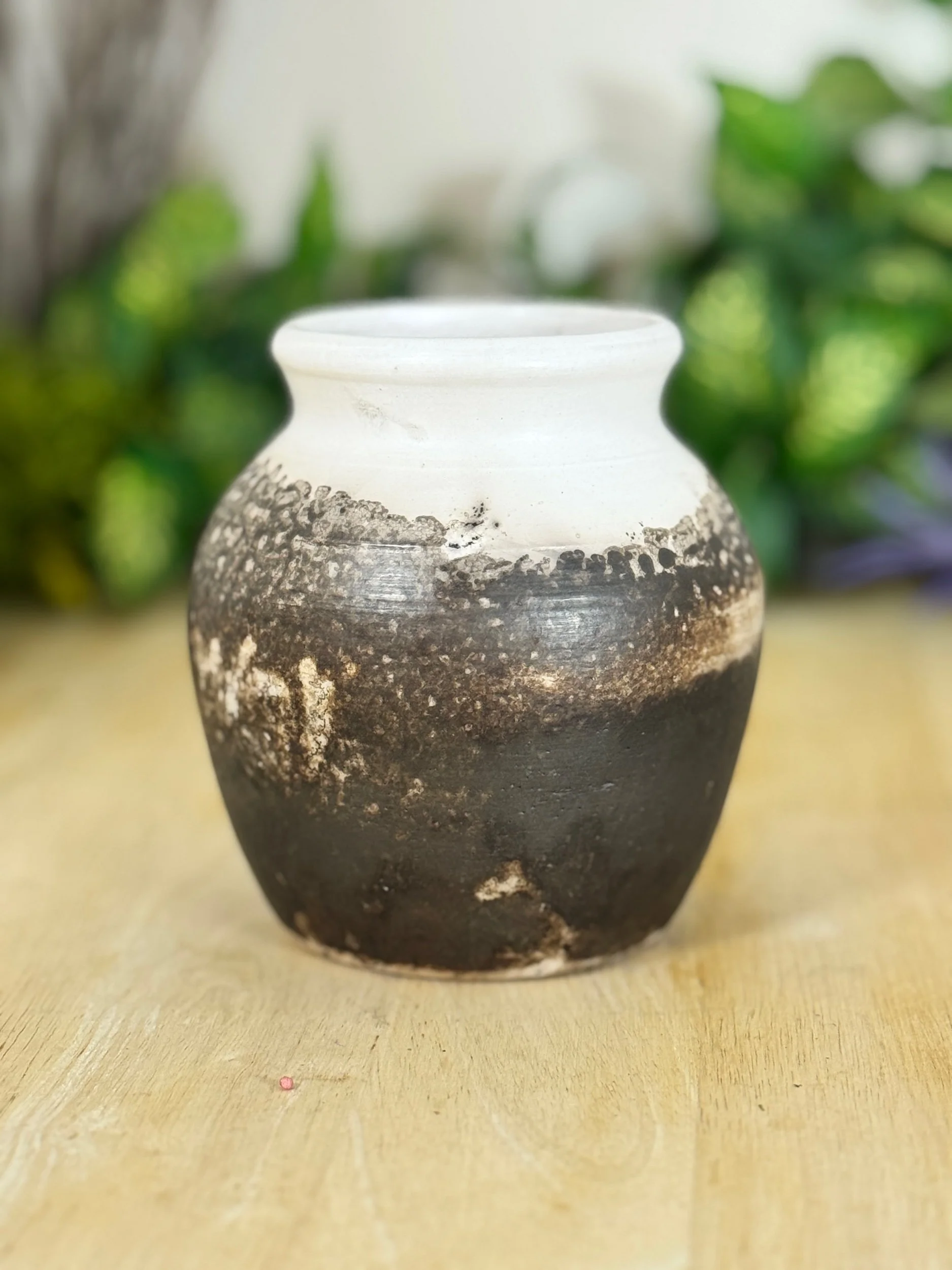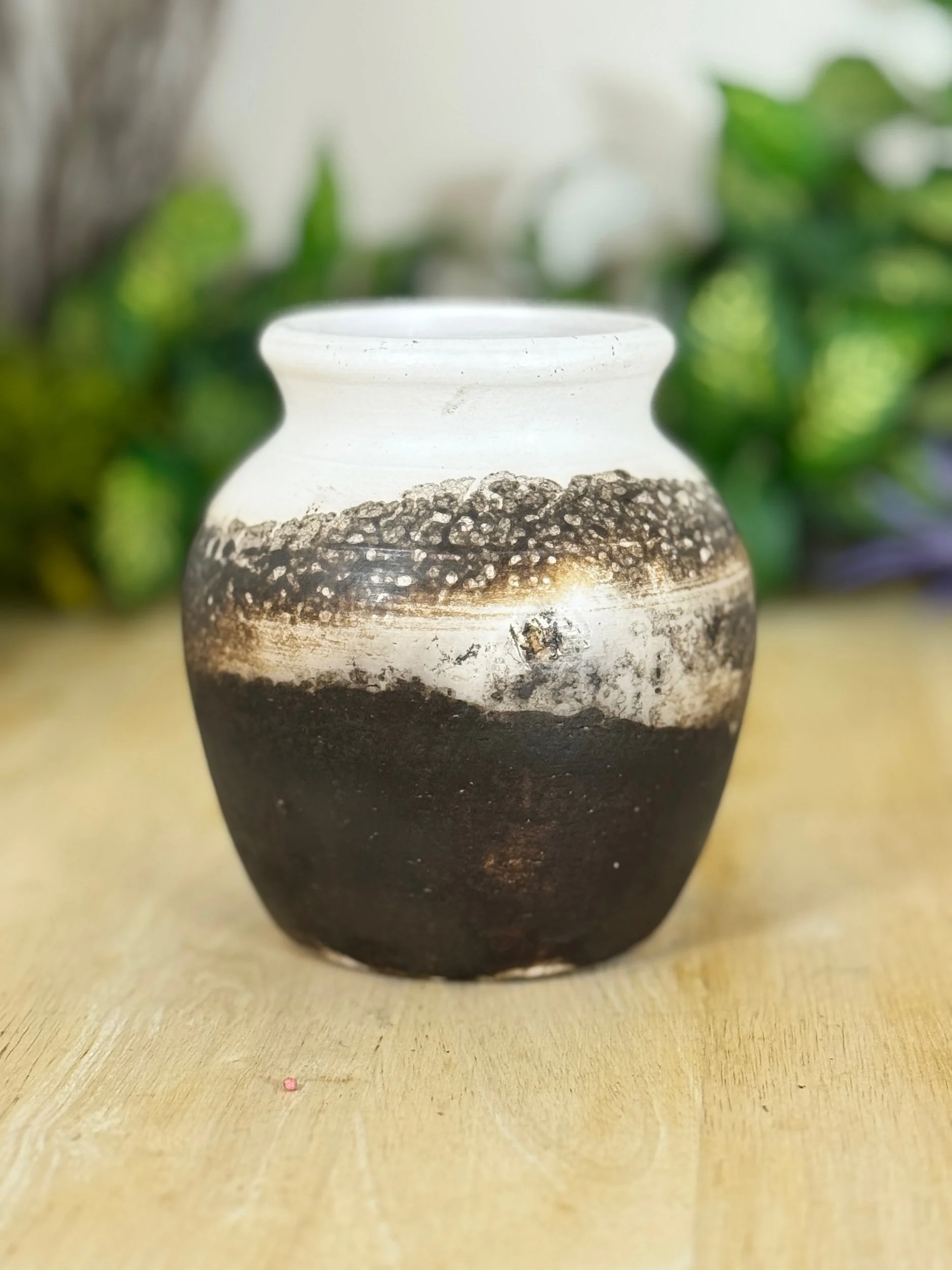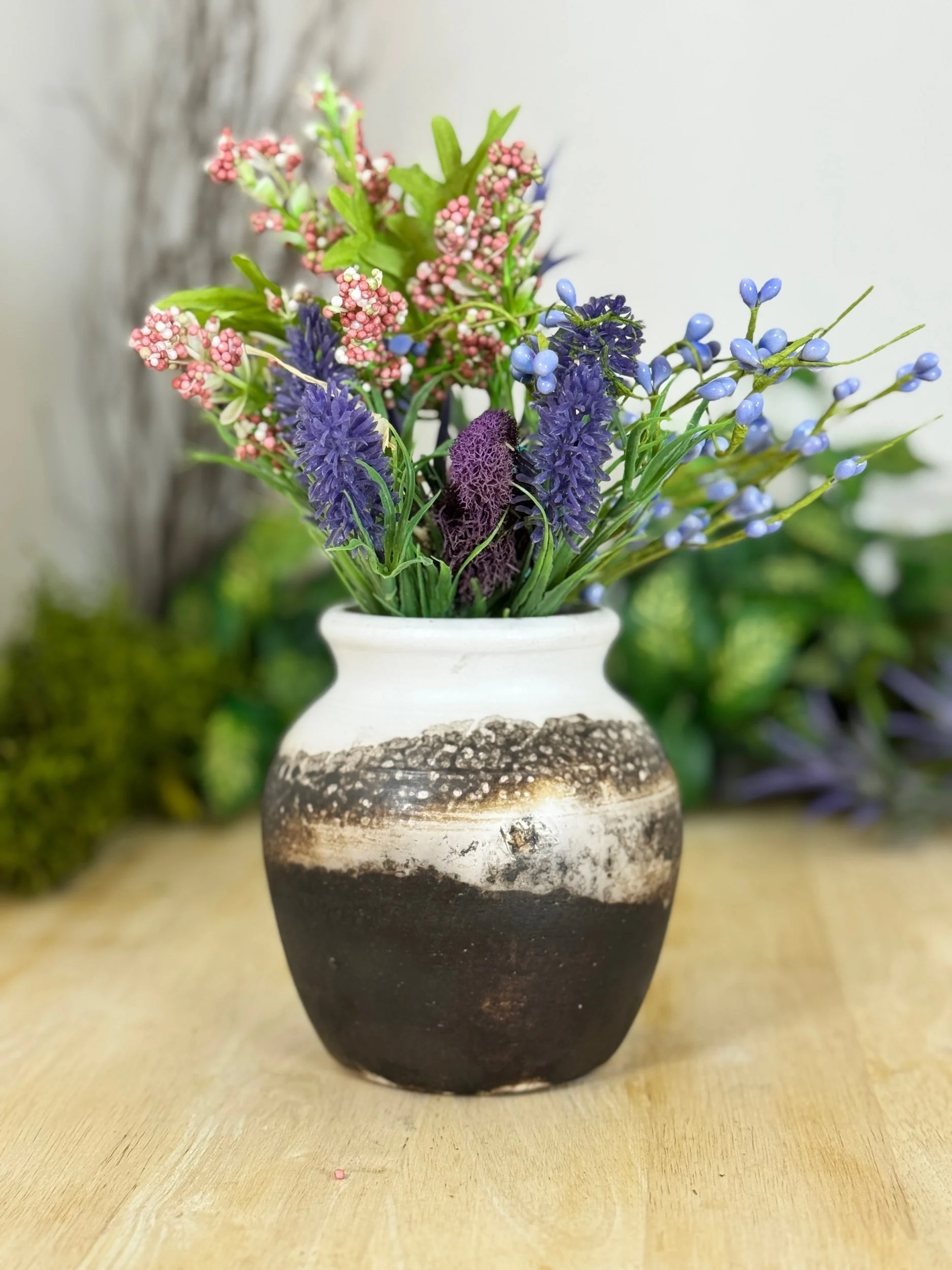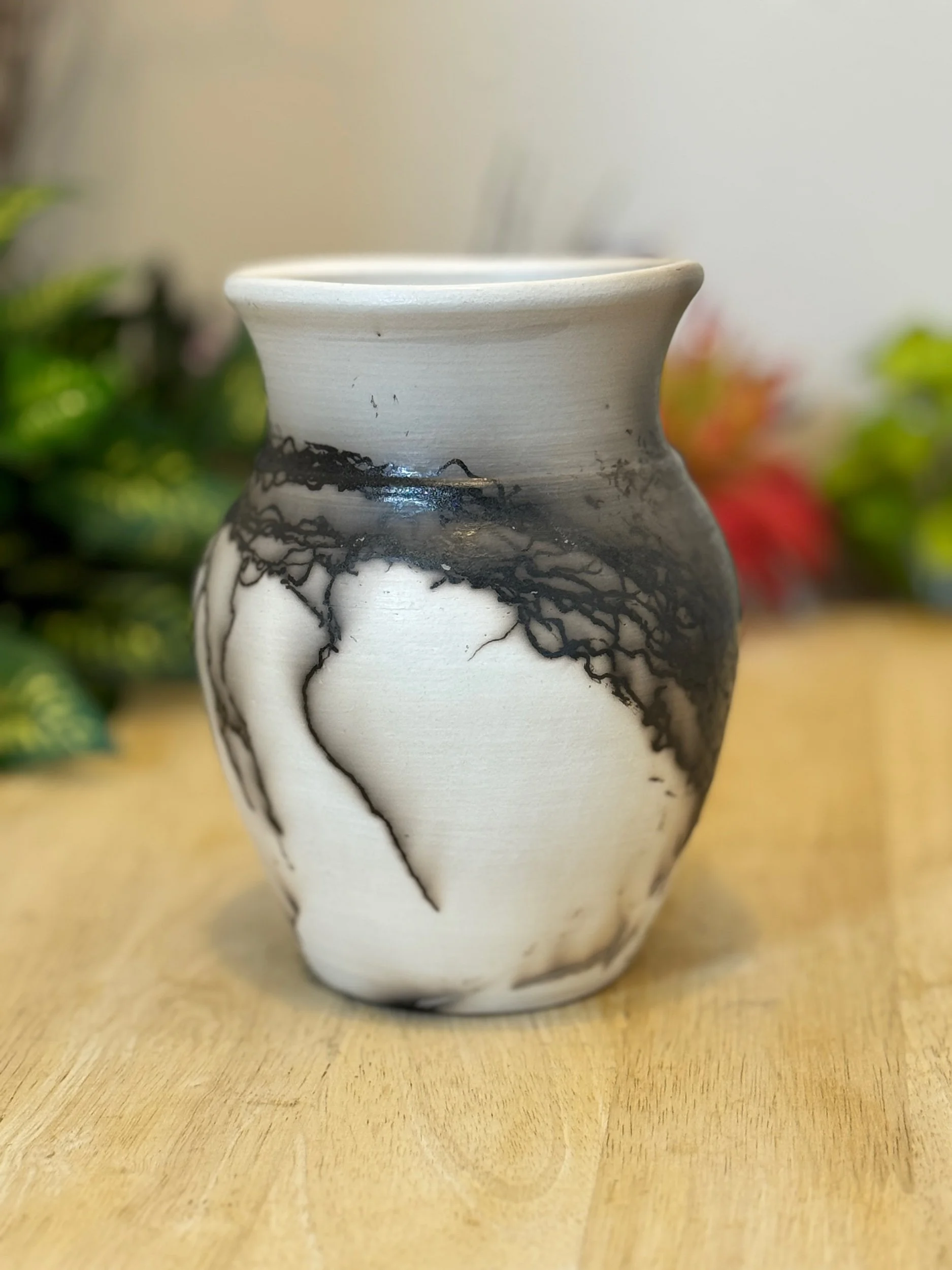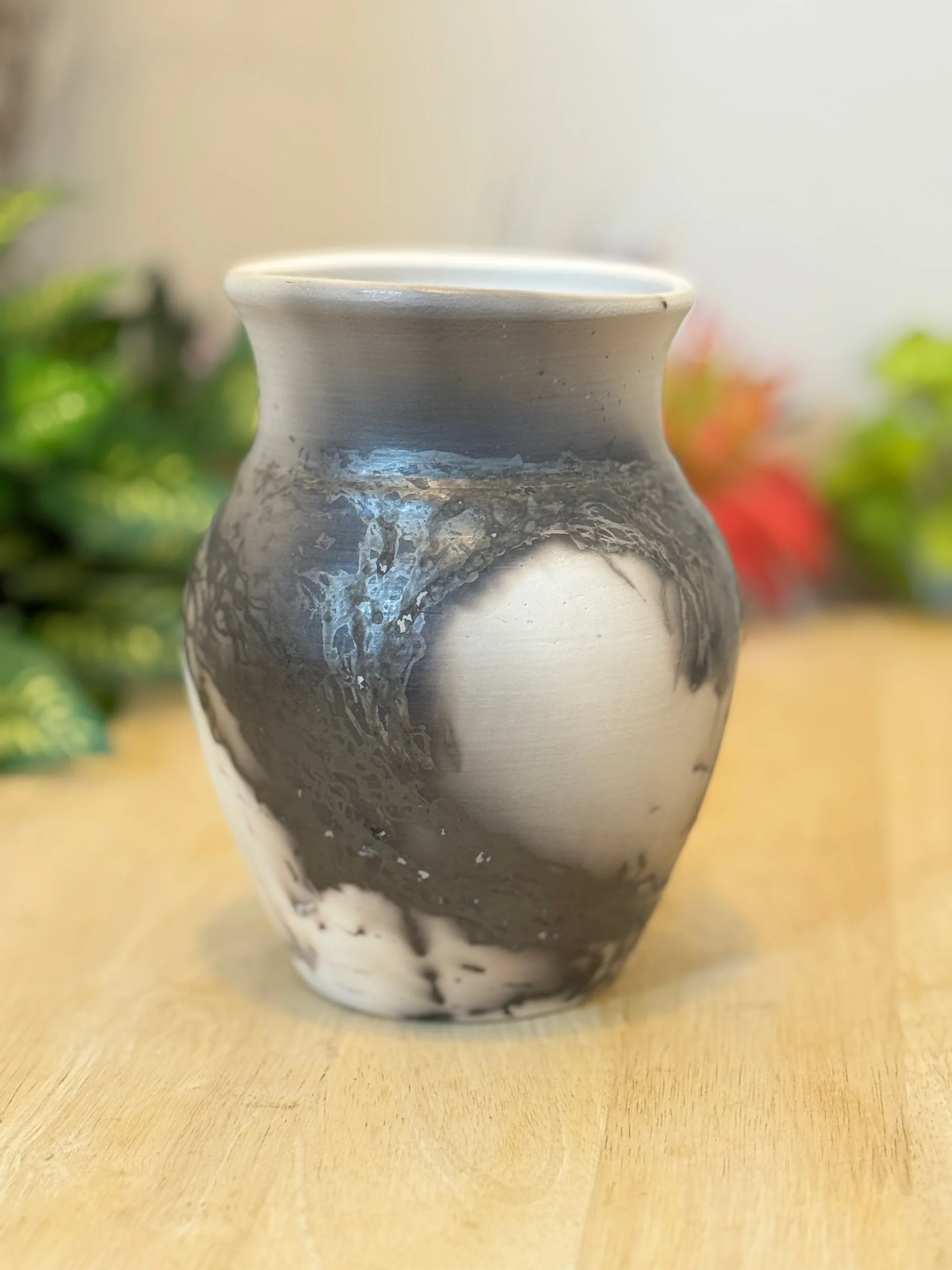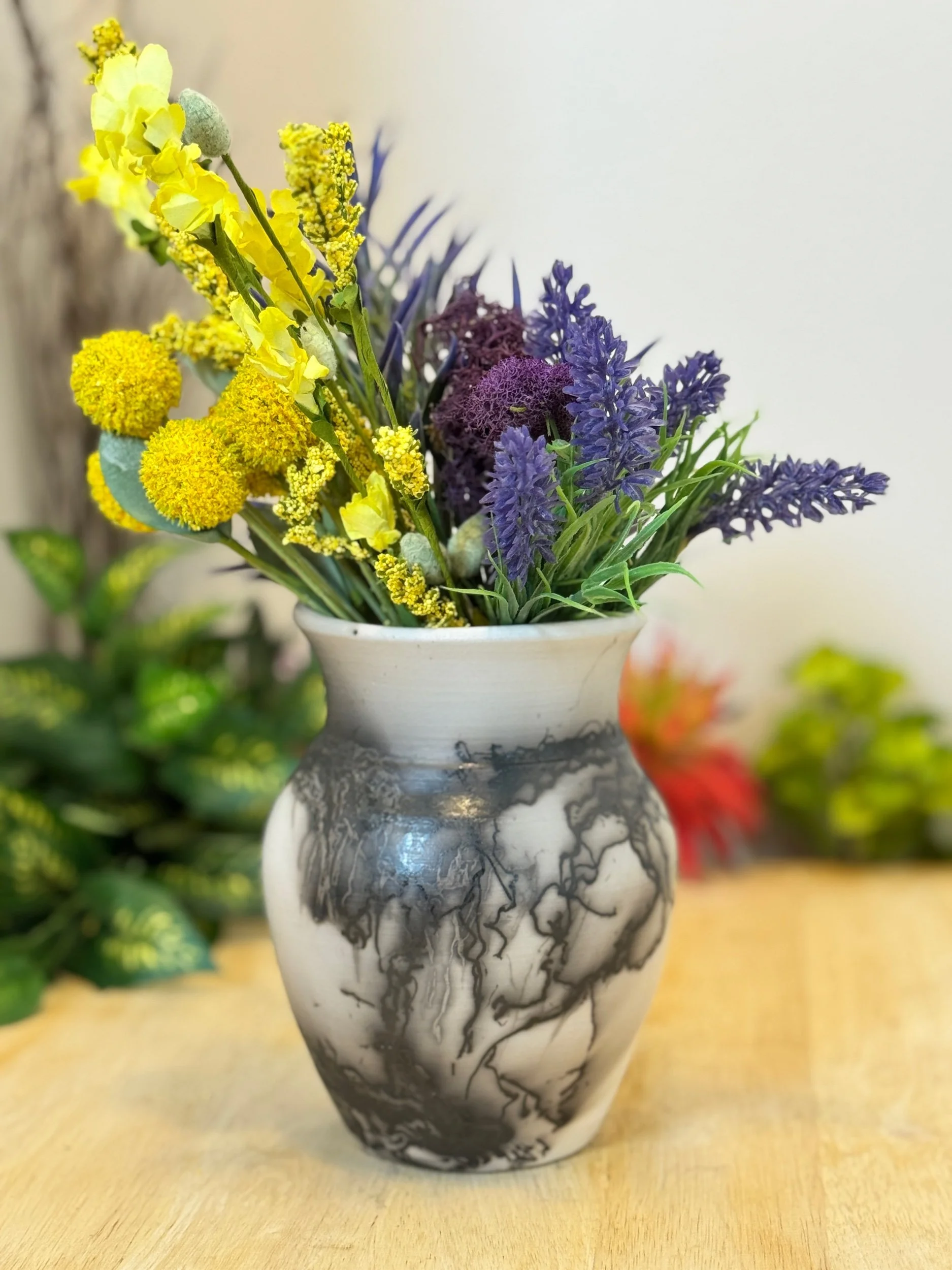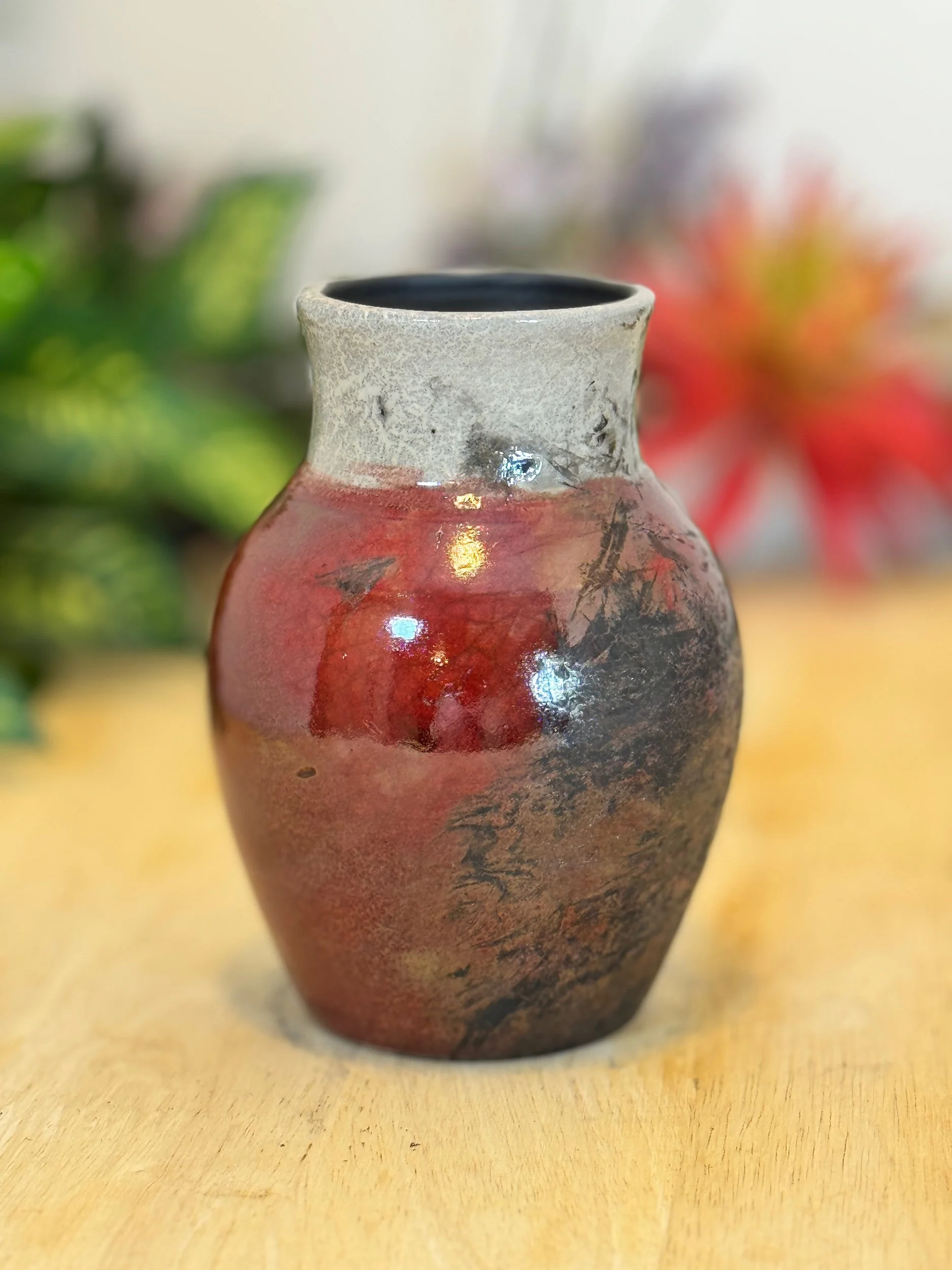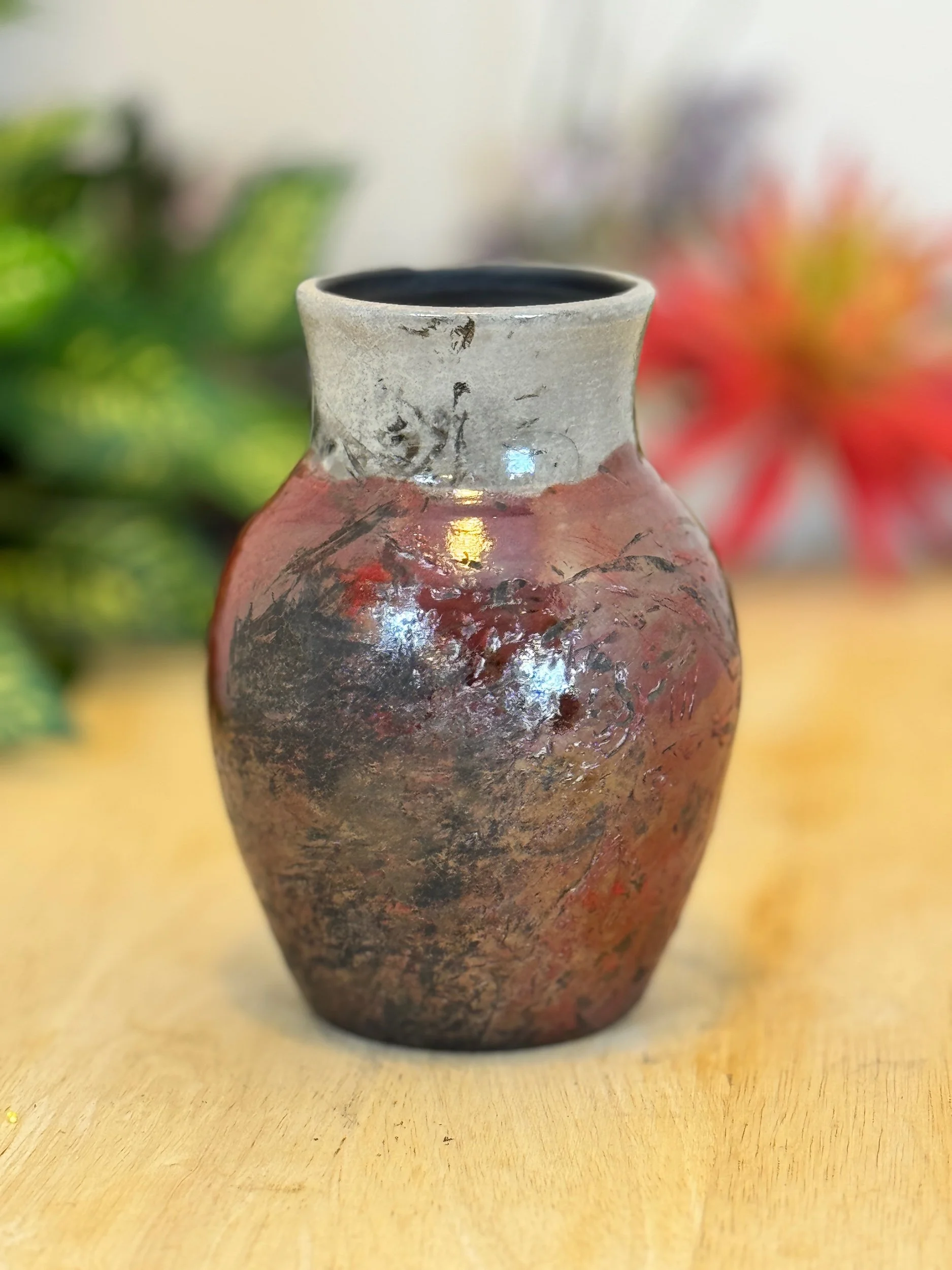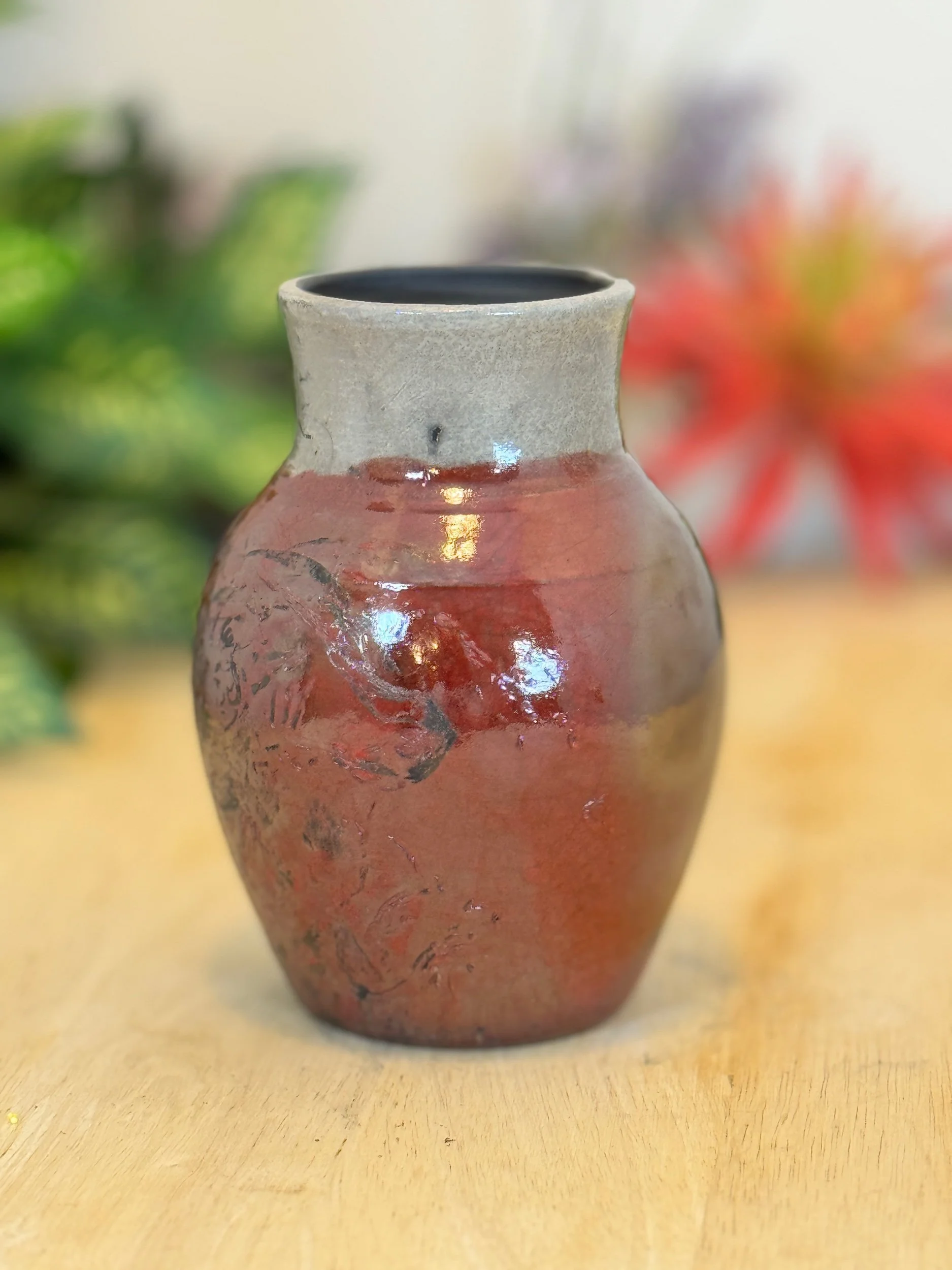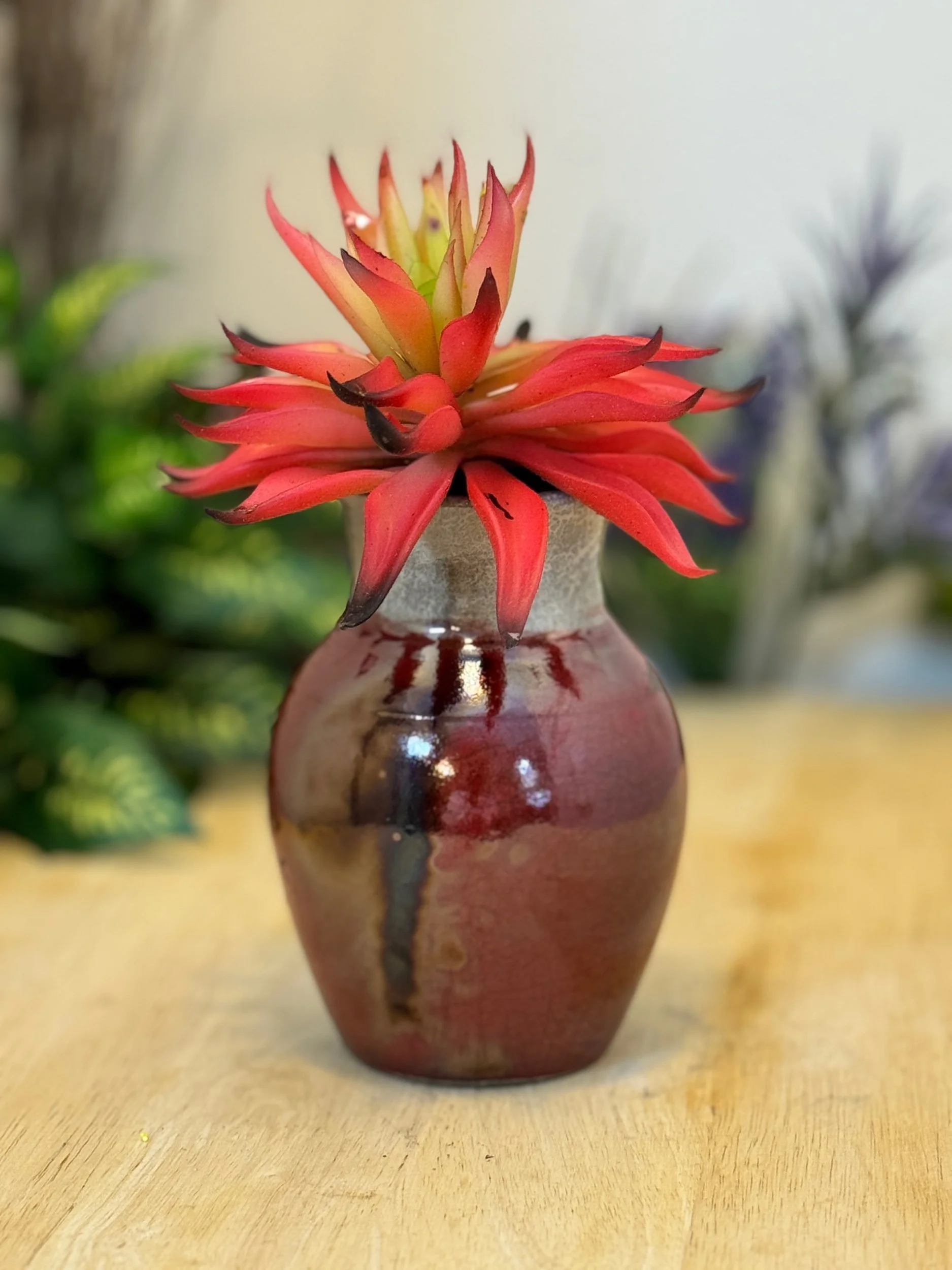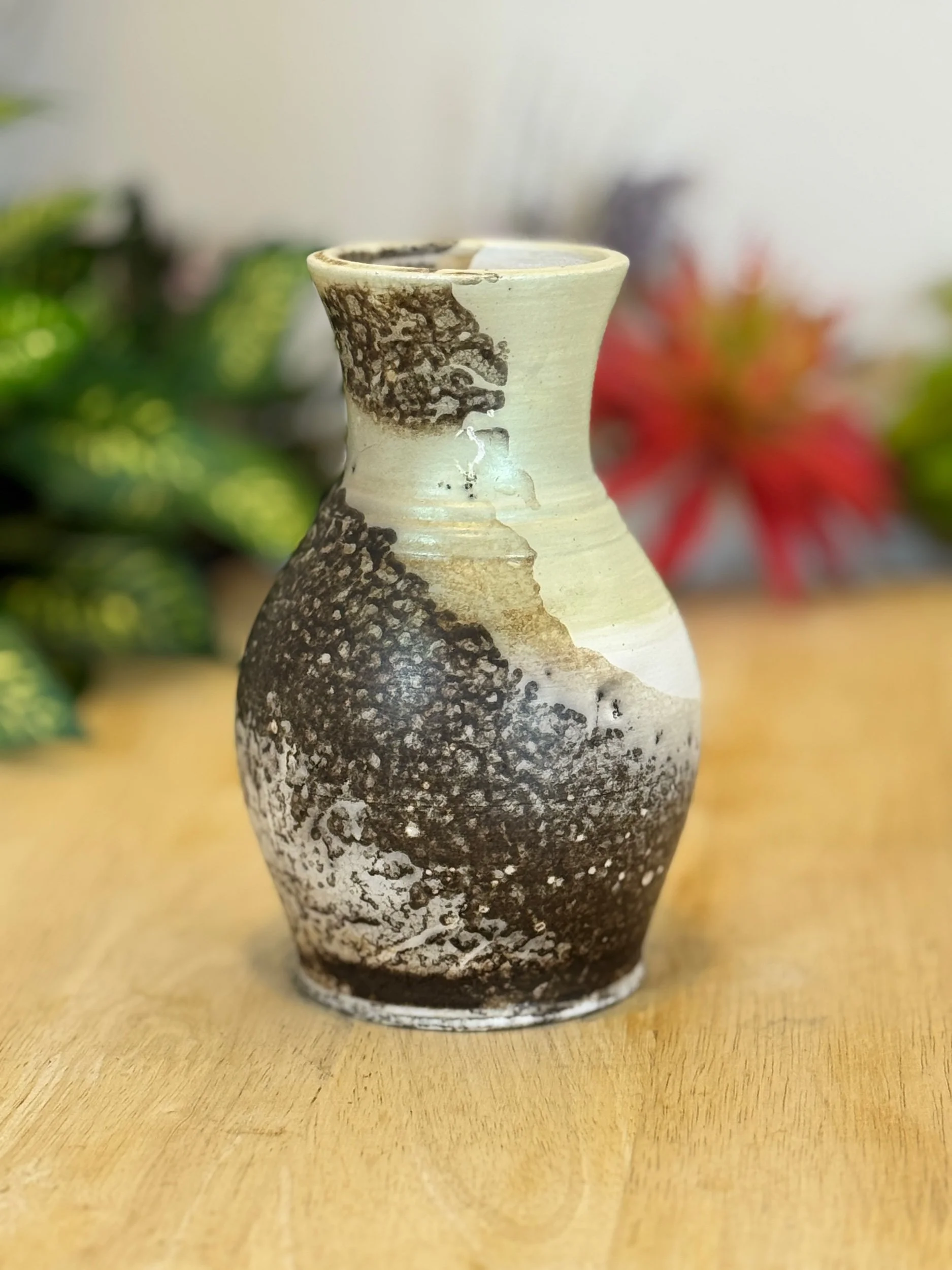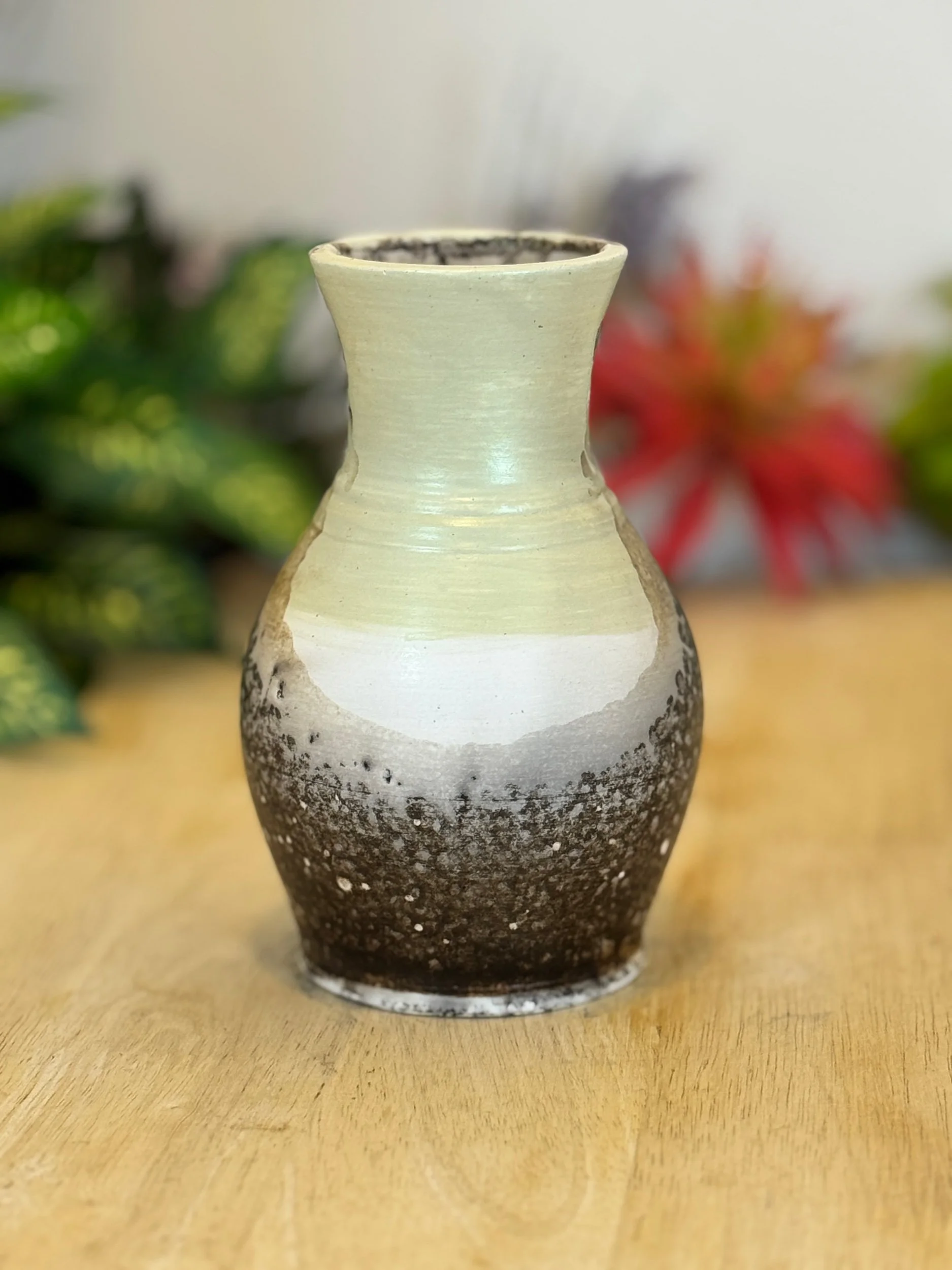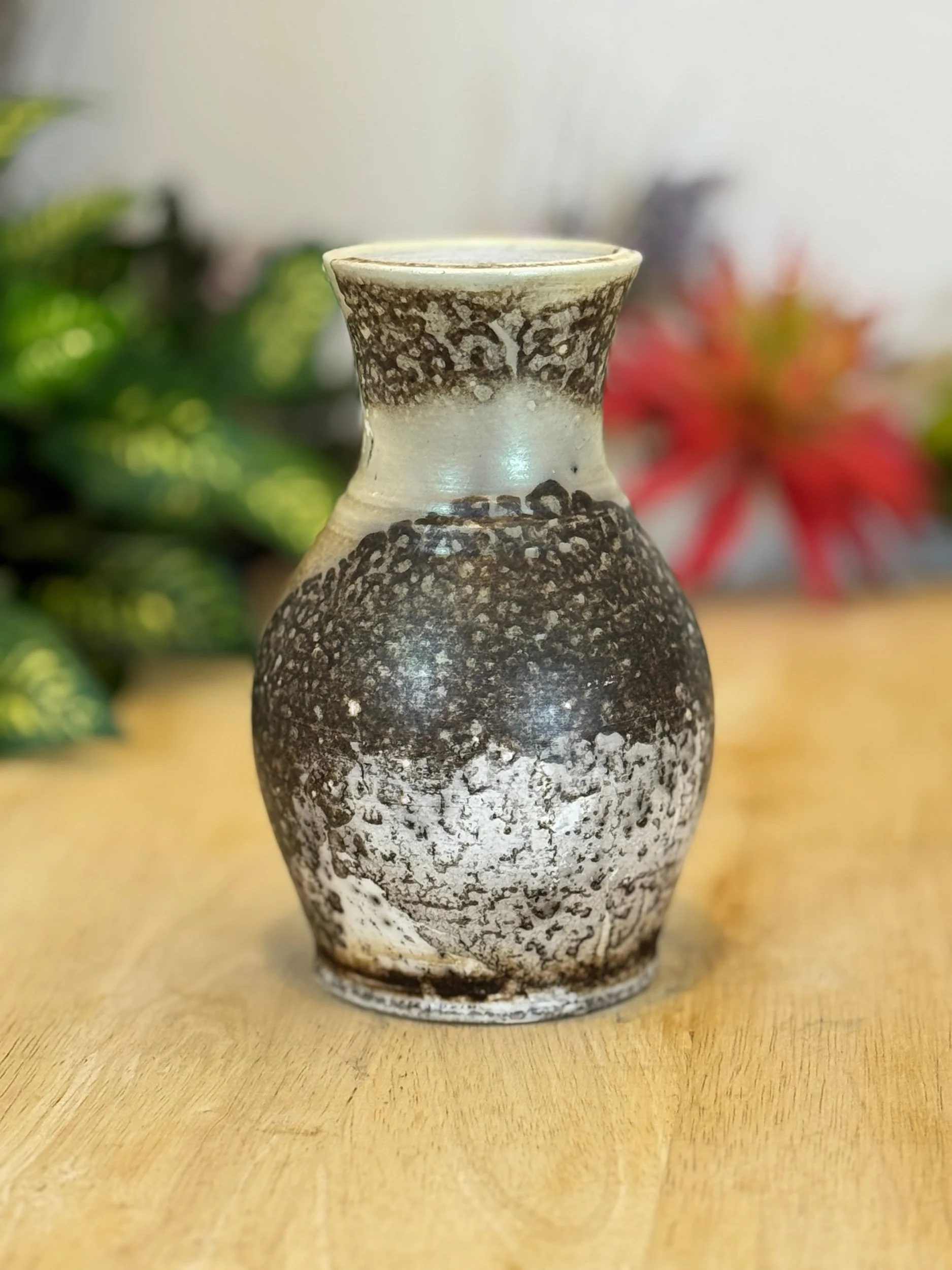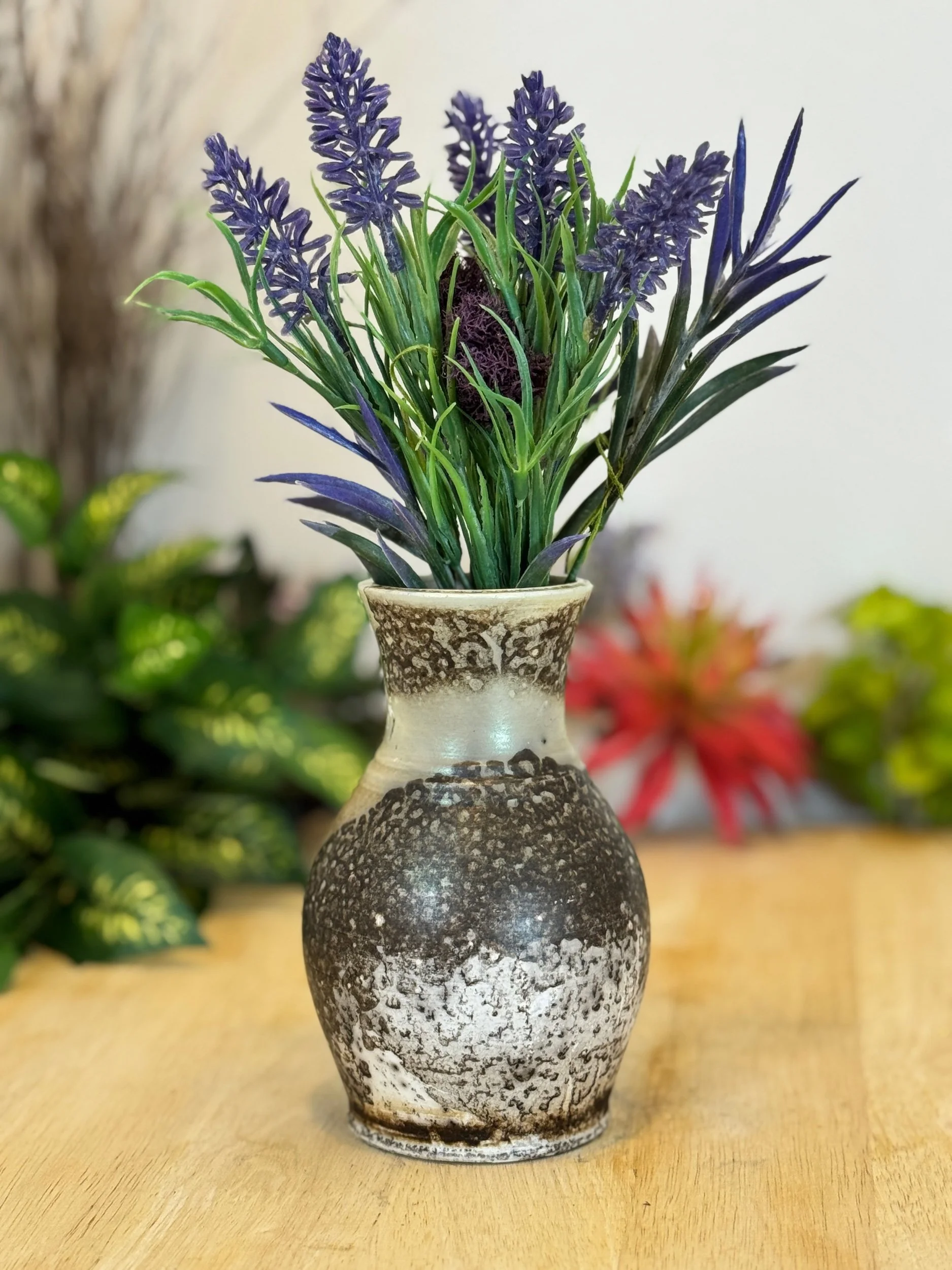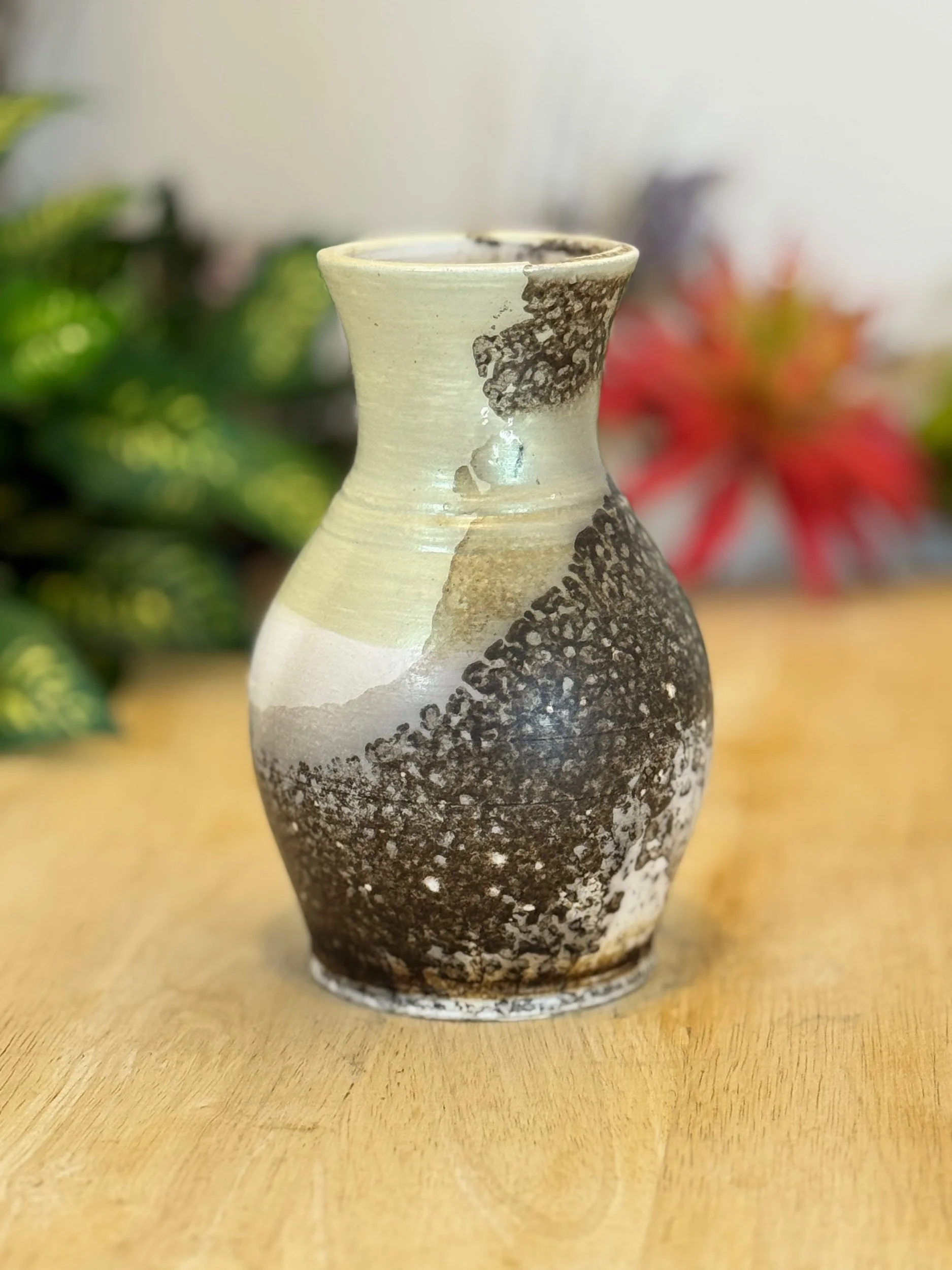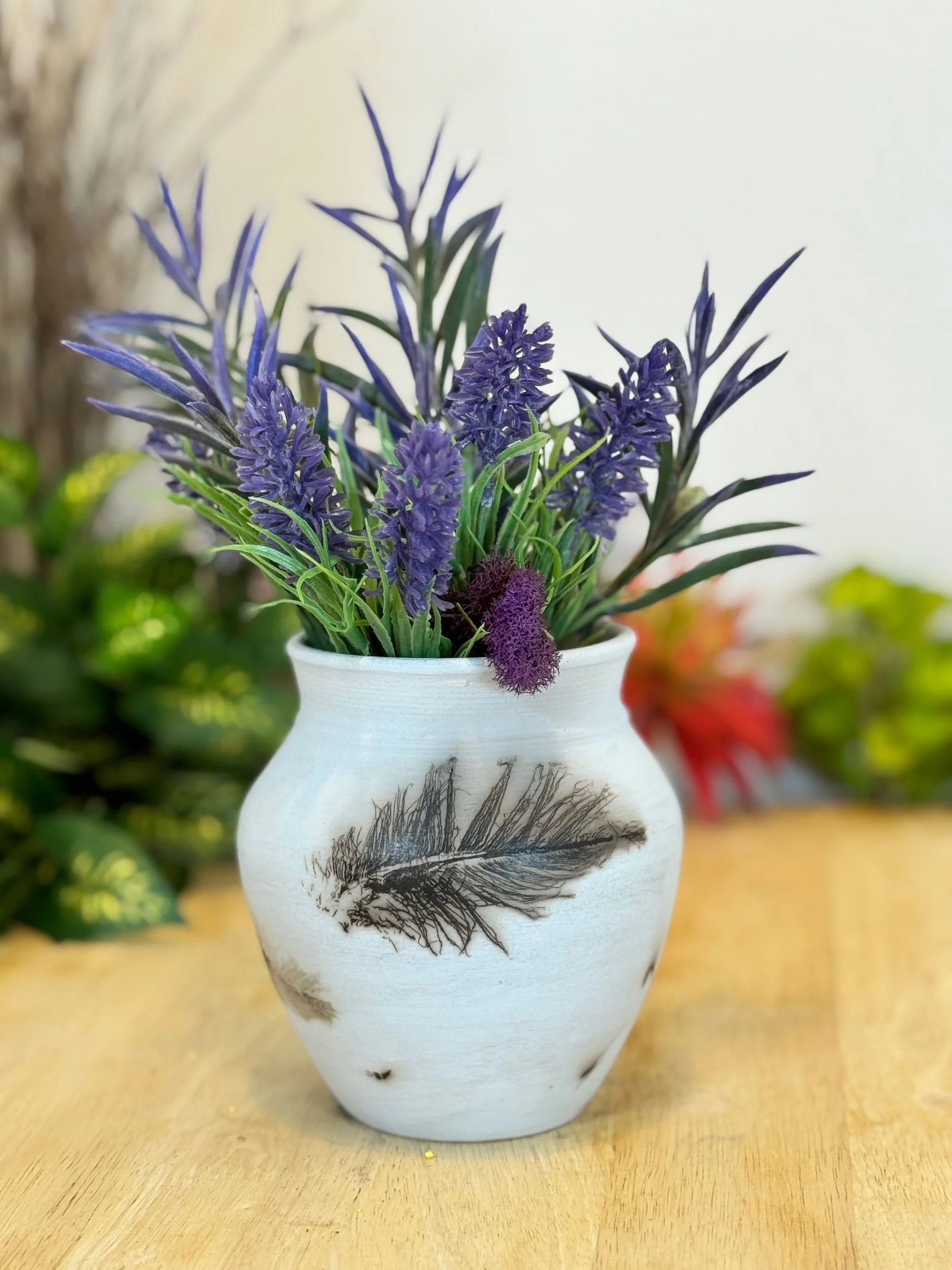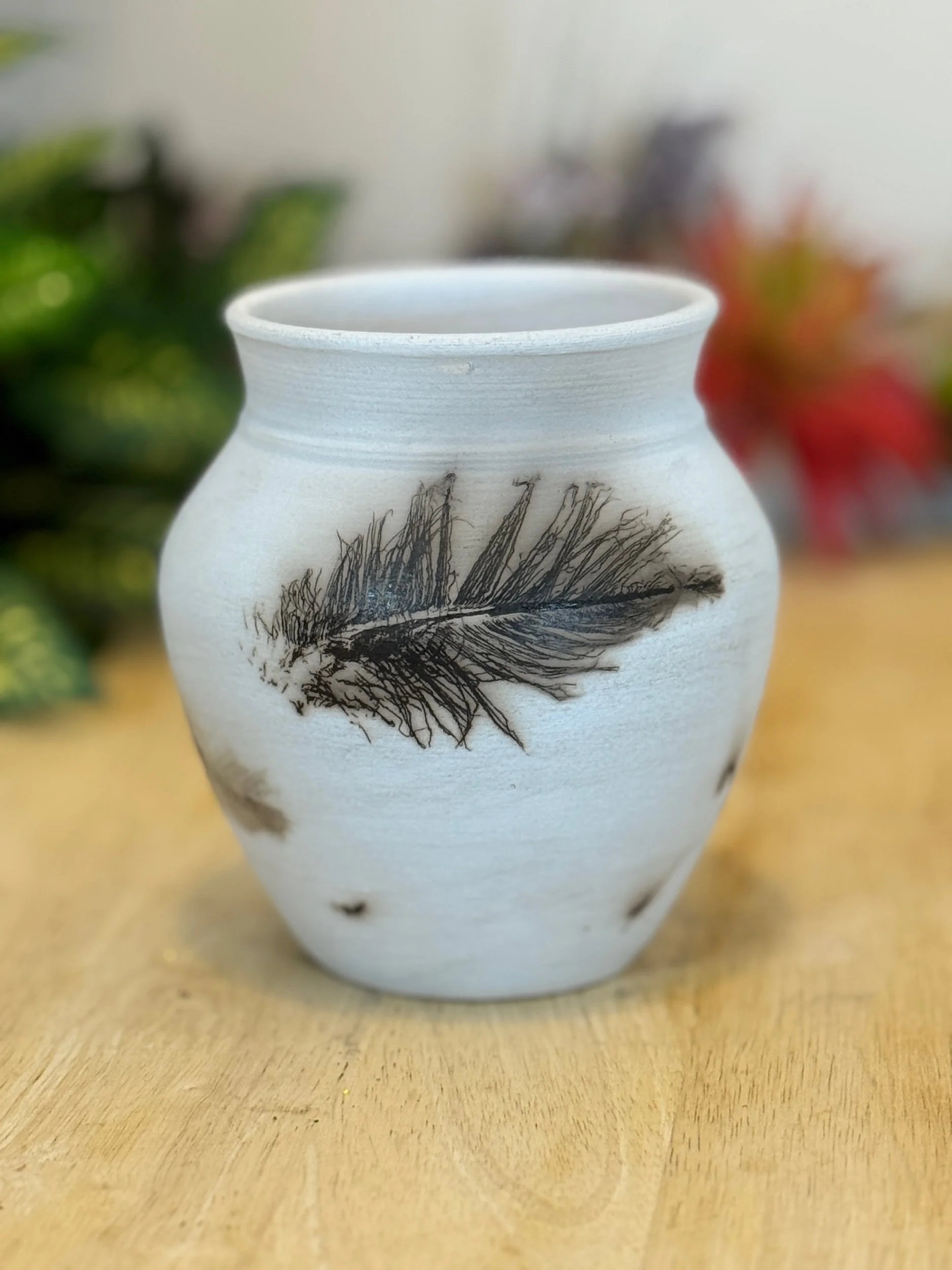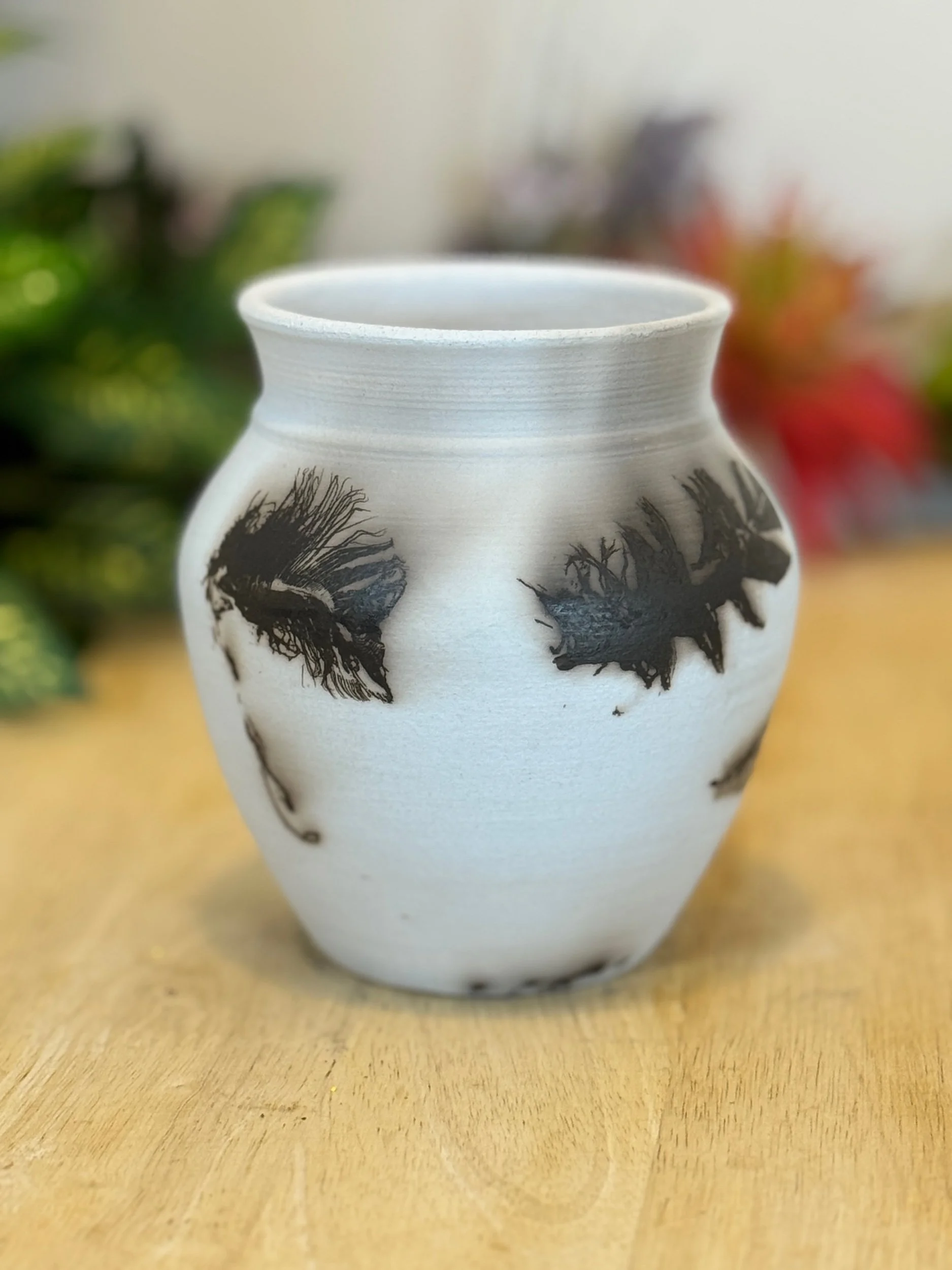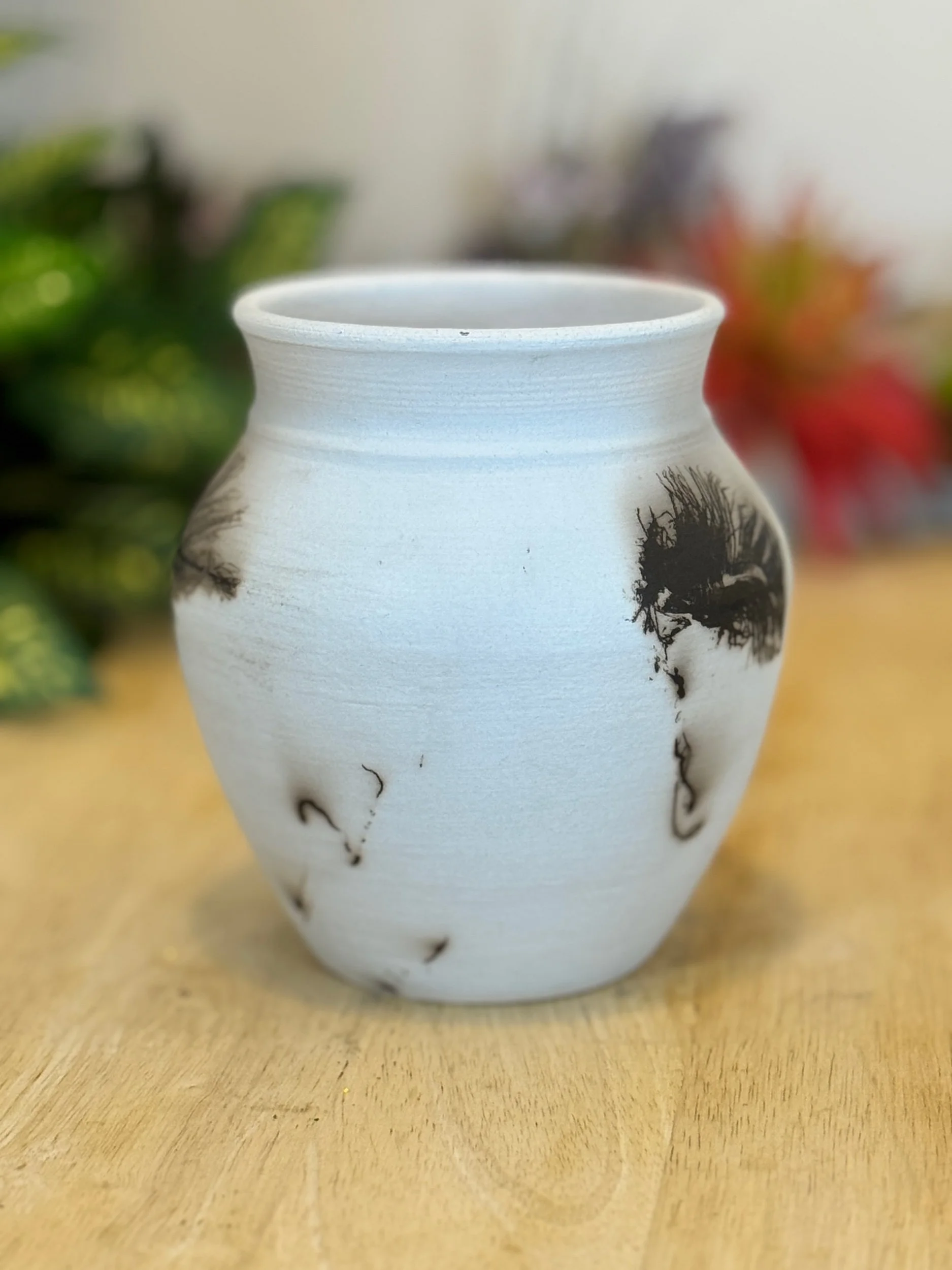The Raku firing process is a dramatic and exciting ceramic technique, often associated with a distinct crackle pattern, metallic lusters, and unpredictably vibrant results. It's much faster than traditional firing methods and typically involves a significant thermal shock.
Here are the general steps, particularly for the Western/American Raku method, which includes a post-firing reduction:
Preparation (Bisque Firing & Glazing):
The ceramic piece is first shaped, dried, and then bisque-fired (a preliminary low-temperature firing) to make it hard enough to handle and glaze. Raku typically uses a robust, groggy clay body to better withstand the intense temperature change (thermal shock).
A special Raku glaze is applied. These glazes are formulated to mature at low temperatures and often contain metallic compounds (like copper) that react strongly to the oxygen-deprived environment later in the process.
Raku Firing:
The glazed pieces are loaded into a specialized, usually gas-fired, Raku kiln.
The temperature is raised rapidly—often to around 1,650 Degrees F to 1,850 Degrees F, Cone 06 in about an hour or so.
The firing is monitored visually. Once the glaze melts and appears glossy or "wet," the kiln is ready to be opened.
Removal & Reduction (The Dramatic Step):
The kiln is opened, and the glowing, red-hot ceramic pieces are quickly removed using long metal tongs.
Immediately, the hot piece is placed into a reduction chamber, which is a fireproof container (like a metal trash can) filled with combustible organic materials (e.g., sawdust, straw, shredded paper).
The heat from the pottery instantly ignites the combustibles. The container is then quickly sealed with a tight-fitting lid.
Sealing the container starves the burning material of oxygen, creating a reduction atmosphere (an oxygen-starved environment). The smoke and carbon are forced to pull oxygen from the glaze and the clay body, producing the characteristic Raku effects:
Unglazed clay turns black from the absorbed carbon.
Glazes develop metallic sheens (like coppers and silvers) or deep, unpredictable colors.
The rapid cooling causes the glaze to "crackle" (craquelure), and the carbon smoke penetrates these cracks, making them permanently visible.
Cooling and Cleaning:
After a set time in the reduction chamber (typically 15 to 30 minutes), the pieces are removed (still hot, but cooler) and can be rapidly cooled further in the open air or water.
The piece is then cleaned, often scrubbed with water and steel wool, to remove the soot and ash, revealing the final glaze effects.
The results are largely unpredictable, as variables like temperature, timing, the specific glaze, and the reduction material all contribute to a unique, spontaneous finish.

